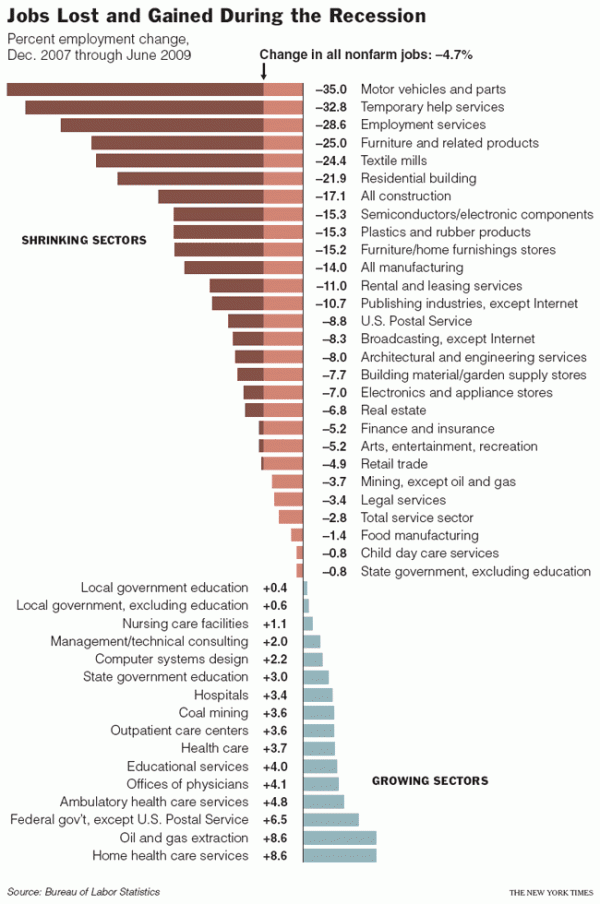Superbly written and inspiring article at Forbes about the health challenges faced by highly regarded author and Harvard professor Clayton Christensen. Christensen’s influential book, The Innovator’s Dilemma: When New Technologies Cause Great Firms to Fail, is a must read for every business person, as it captures and explains the essence of the process of innovation, as well as its impact on competition. (I found this book to be far more useful in the context of developing and/or evaluating business strategies and investment opportunities than Michael Porter’s Competitive Strategy, a standard text for many business/competitive strategy courses.) The article speaks through the words of Christensen, his wife, his three highly accomplished adult children, his doctors and his colleagues and paints the picture of a person who not only has accomplished much, but also served as a model for how to live life by always striving to serve others. Don’t miss this article!
Clayton Christensen: The Survivor
March 16th, 2011Ivan Seidenberg shines the “light” on Verizon’s FIOS strategy
October 5th, 2009Dave Burstein at DSL Prime reports that Ivan Seidenberg effectively says the the wireline voice telecom business is dying:
“we have to pivot and make a shift from the voice business to the data business and eventually to the video business. … we must really position ourselves to be an extremely potent video-centric asset.” He further states, “The issue there is perhaps it is like the dog chasing the bus a little bit. So what I need to do is get ourselves focused around the following idea, that video is going to be the core product in the fixed line business. … I shed myself of the burden of chasing the inflection point in access lines and say I don’t care about that anymore.”
Despite Seidenberg having been one of the few telecom industry visionaries to truly embrace data/video as the future of the industry as long as 10 years ago, it still sounds strange (heretical, in fact) to hear a telecom CEO say “I don’t care about that [access lines] anymore.” On the other hand, I believe Seidenberg is correct in focusing Verizon’s strategy on the combined communications capabilities of its wired and wireless footprints. Read the rest of this entry »
Great chart from The New York Times
July 20th, 2009The associated article can be found here, however, this graph provides far more useful info than the article’s text.

Paid Search 101 Rap
February 24th, 2008This creative gentleman converts the concepts of SEO/SEM (Search Engine Optimization/Search Engine Marketing) into catchy rap lyrics. I think he should consider entering the employee training or seminar business – it would sure make some of this stuff easier to learn!
Latin America Wireless
March 6th, 2007Like most of the Middle East and Africa, Latin America is skipping the 100% wired stage of telecoms. Governments in those countries were too financially unstable &/or corrupt to mandate buildouts beyond the wealthy enclaves and business districts of their major cities. The beauty of wireless is that it is so much less capital intensive. Consequently, wireless telephony penetration in LatAm now approximates 60-70%. Moore’s Law continues to reduce the cost/increase the functionality of handsets (and you can have either, but not both, as a consumer). In LatAm, prepaid service is a much bigger mode of payment for service, as it facilitates budget management. Also, calling party pays, not the one called. Finally, network convergence is driving all the margin out of the historically high margin voice telecom service (in late nineties 45% OPERATING profit was the norm), whether wired or wireless. Read the rest of this entry »
Publishing and Advertising 2.0 – Part 2
February 16th, 2007The Internet will continue to drive major structural change into the advertising and other digitizable media for the next 25-35 years. (The Carlota Perez book previously mentioned explains paradigmatic technology diffusion; Ray Kurzweil, referenced below, builds on the same concept to posit that technology/human change has accelerated since time began and will continue to do so, resulting within 30 years in implanted brain chips that leverage our thinking capabilities the way our foot on the gas petal leverages our muscular capabilities). Anyway, back to the present. Broadband connectivity (medium band, really – until we get more competition in telecoms, the 100MB/sec links available throughout Seoul, Korea and other foreign cities will be a figment of our imagination here) just recently hit critical mass in the US. Broadband mobile phones (again, medium band vs other nations) will reach critical mass in the next three years. That $200/household for Internet ad spend represents only that revenue that has been derived from the move of print ads to the web; audio/video related advertising is at its inception (and is why Google paid $1 billion for the largest market/mind share position in that market. Audio search is well developed and will begin to be monetized via ads soon. Video search has further to go, but I have no doubt that Moore’s Law will bring the processing power required to do it to an economically viable level. The number of doublings in processing power/unit ($) of resources consumed just recently passed thirty. Given the exponential nature of this growth, however, the absolute gain from each doubling has now reached the point of delivering stupendous economic impacts (same applies to storage, where you can now easily buy Terabyte storage servers for less than $1000). Read the rest of this entry »
Publishing & Advertising 2.0 – Part 1
February 15th, 2007Publishing and advertising are undergoing structural transition last seen when Gutenberg’s press was invented. The Internet, and more specifically, the broadband Internet (which has reached critical mass during the last six years), eliminates the cost of distribution as an economic factor in media publishing and advertising. The fact that some businesses, including most of the historical advertising and publishing concerns, have not adjusted their business models has absolutely nothing to do with Bush or politics. For extended treatments of this subject, see Carlota Perez: Technological Revolutions and Financial Capital and Clayton Christensen: The Innovators Dilemna. For more concise observations in point of the facts of structural change in advertising business, I refer you to these: Read the rest of this entry »
Squarespace
December 14th, 2006NewGround’s web site, including this blog, is created within a web-based application developed and hosted by a company named Squarespace. This service, in my mind, would best be described as a Web 2.0 Content Management System (CMS). From a business perspective, I believe the Squarespace service offering represents a great value proposition. For $20/month, we get a web development and hosting platform that allows us (non-HTML proficient people) to create, store update/refresh, manage and publish our website, including this blog, I mention this because today I noticed this post on their customer service blog describing the recent launch on the same Squarespace service (and servers) of a much larger and much more heavily trafficked website (of former US House Majority Leader Tom Delay). The contents of that post not only raised my esteem for the Squarespace platform capabilities, but also underscore what a great value proposition it is – for Delay a great website/managed traffic service for $100/month versus several thousand to create the same capability for yourself.
